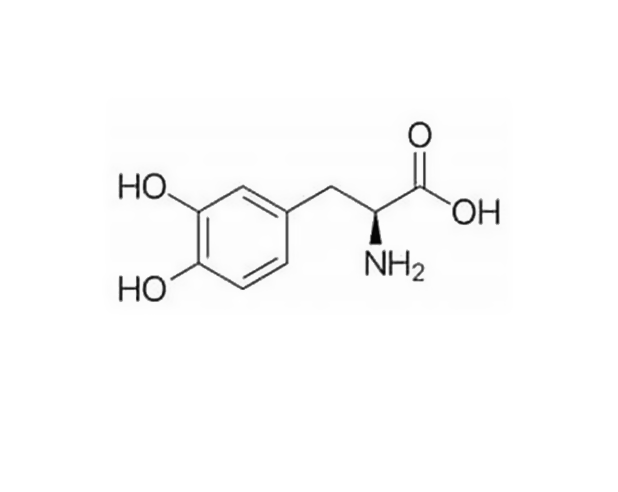Parkinson’s disease, belonging to the pathologies defined as Movement Disorders, is a neurodegenerative disease that undermines some vital functions such as the control of movement and balance.
The disease, caused by environmental and genetic factors, is characterized by the presence of Lewy bodies and the loss of dopaminergic neurons in the substantia nigra in large regions of the nervous system
The difficulty in diagnosing the disease in its early stages and the absence of drugs that prevent the neurodegenerative process drive research to study innovative treatments, including advanced therapy drugs.
To date, there is no definitive cure, but treatments to control the disease based on levodopa or dopamine agonists administered orally. This treatment, however, in addition to being only containment, has several side effects such as anxiety, hallucinations, convulsions and depression, which impact on the quality of life of patients.
In several studies already published, researchers have managed to restore the ability of neurons to convert levodopa into dopamine in mice thanks to the use of gene therapy.
Among the many published studies, only one candidate is ready to start a clinical study on multiple patients. The study is based on the transfer of the GAD gene to the subthalamic nucleus using an adeno-associated viral vector.
The therapy in question could intervene in the initial and advanced stages of the disease. In the initial phase, slowing the progression of Parkinson’s by intervening before the onset of symptoms; in the advanced stage by increasing the effectiveness of levodopa.
Burton, E., Glorioso, J. & Fink, D. Gene therapy progress and prospects: Parkinson’s disease. Gene Ther 10, 1721–1727 (2003). https://doi.org/10.1038/sj.gt.3302116
Recent Articles
- Cell therapy based on neuronal precursors for the treatment of multiple sclerosis 10 January 2023
- How to Improve the Sustainability of Advanced Therapies: The Case of Strimvelis 24 November 2022
- FDA reorganization: a “Super Office” to manage the increasing cell and gene therapy workload 3 November 2022
- GMP Cleanliness Classifications: Deciphering the Differences and Requirements among Grades 12 September 2022
- How to Overcome the Most Common Issues in the GMP-Compliant Culturing of Mesenchymal Stem Cells: Isolation and Automatization 30 August 2022

